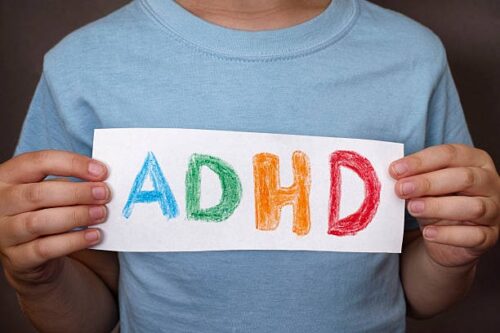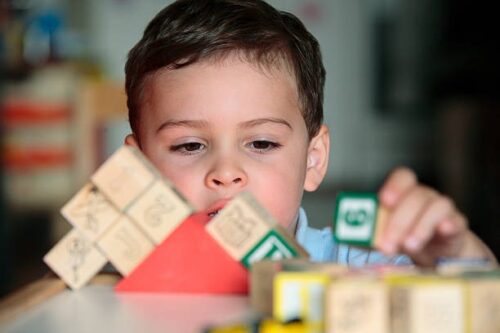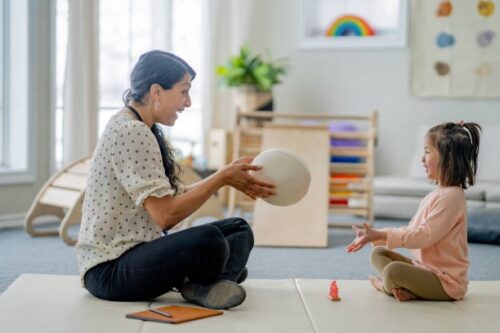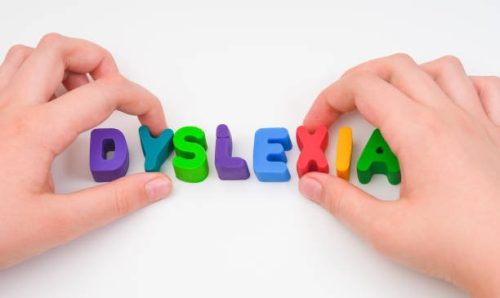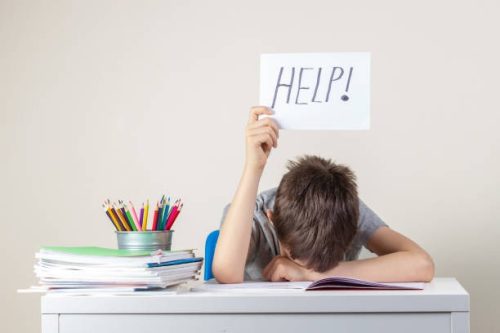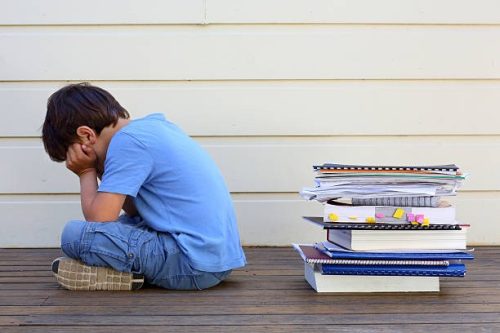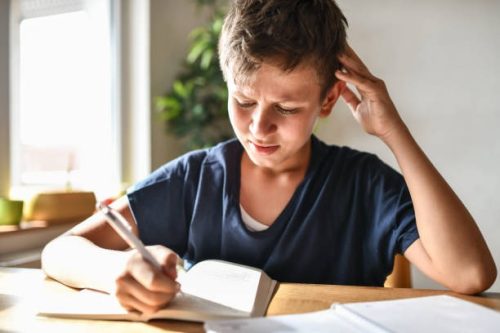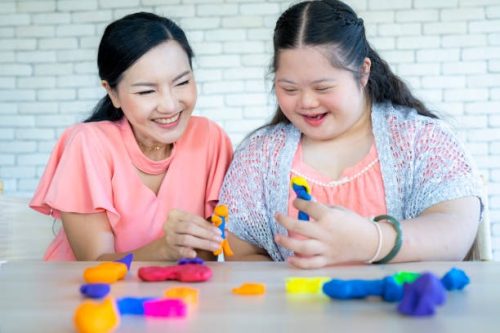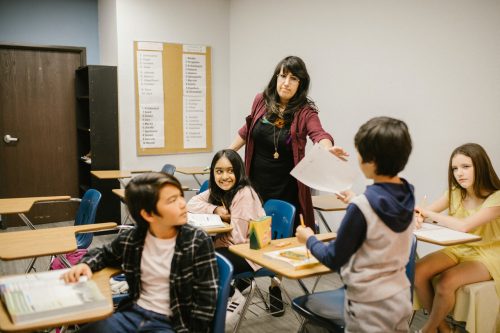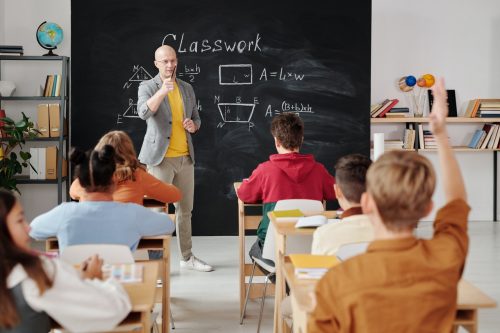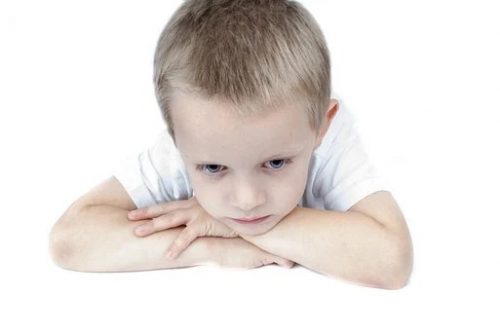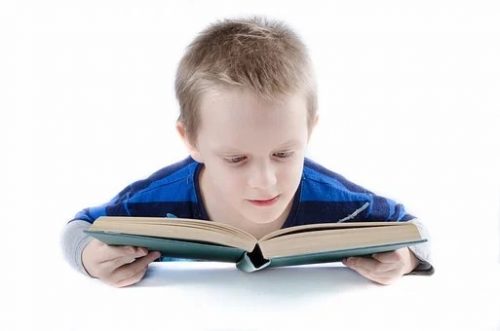ASD (autism spectrum disorder) causes several problems for children in the classroom and at school or university. For them to comprehend and succeed, the educational program might need to be modified in a particular manner. In addition to specialized input like speech and expressive language and occupational therapy, several individuals find that having a skilled special education teacher assist them is crucial. The other students must comprehend and acknowledge the possibility of varying applied behavior analysis and requirements exhibited by the autistic student.

According to board certified behavior analyst experts on ABA based interventions, autism has a variety of effects on learning. Autistic students struggle to modify their conduct for various educational settings. For students with autism, autism speaks with changes to their routine, or anything out of the ordinary can be quite stressful. Additionally, they need help with social narratives. Playing with others in the class is one of the main ways that learning happens in lower primary school. Students on the autism spectrum may find this challenging. For some autistic students, learning requires movement. Due to restricted space and the potential for disturbing other pupils, this could be problematic in a general education classroom.
However, you must thoroughly understand all learners and their unique demands before creating a strategy or special education program required by federal law, carrying out an individual education plan, or executing techniques specialists for those with intellectual disability. To provide the greatest classroom interventions for students with autism, you should consider the following points for better outcomes.
Comprehension
It is important to recognize that each autistic child has a unique comprehension level. Some kids on the autism spectrum require continuous one-on-one assistance, ideally from a qualified teaching assistant, as they are completely incapable of following directions in the educational setting. If a youngster doesn’t ask for assistance, it’s crucial to avoid assuming they know what’s happening. For a child with autism, written directions or visual illustrations may be necessary to support understanding and adhering to a schedule. Instructions given verbally should be brief and straightforward (utilizing the most basic speech approach). It is best to provide the youngster time to assimilate spoken information and to supplement it with visual signals.
Sensory Sensitivity
You must be attentive and aware of the child’s sensory requirements or sensory issues and sensitivity. For example, you need to consider where the child is placed within the room and window treatments like blinds and curtains if they have light sensitivity. For those who are sensitive to light, customized glasses could be necessary. The other pupils must be conscious of their noise levels if the child is sensitive to noise. If a kid has auditory sensitivity, they might be unable to participate in lessons like music. A tactile sensitivity could indicate that a particular art theme is inappropriate. As a result, consider their problem with texture, size, and shapes.
Visual Aids
To effectively support young adults with ASD and provide opportunities for them, environmental modifications can be applied in all circumstances and settings. There are numerous ways that visual supports and aids can help kids with autism understand and absorb the material in the classroom. Kids can benefit from visual timetables to assist them in sticking to a daily schedule, and single visuals and images can be utilized as resources to aid in comprehending. Because it may be simpler to comprehend what they see, a kid may find it easier to comply with instructions when an activity is broken down on visual schedules. Since a visual clock promotes motivation and concentration, it can also assist with attending to and finishing a task.

Communication
A communication plan and tools for interaction should be tested if there is a communication problem. A speech-language pathologist or therapist can plan, execute, and provide support for this approach and strategy from the student’s family. Communicating and comprehending can be substantially improved by employing a total communication approach. In an effort to provide the subject and the listener with as many indications as possible, this technique uses as many modes of communication as possible, such as signs, pictures, speech, etc. Teachers and other non-autistic students in the class must be patient and understanding of the interpersonal abilities of the autistic students, as autistic children may need repeated instructions.
Out Of School Trips Or Transitioning
For many kids on the autism spectrum, changing classrooms or going on field trips can be traumatic. To facilitate the endeavor, organize a vacation or change in the child’s regular schedule, notify them well in advance, and, if necessary, create a social tale. Similar plans can be made for transitioning to a new school, where the child’s previous instructor must be well-versed in them. Children with autism find it challenging to mentally, emotionally, and physically shift in a short amount of time because they are accustomed to their existing circumstances. It’s advisable to introduce them to different classes or locations first, then progressively let them explore the new setting.
Impact Learning
Autism has a variety of effects on learning. Autistic students struggle to modify their thoughts and behavior in various contexts. For students with autism, changes to their regular routine or anything out of the ordinary can be quite stressful. Due to space limitations and the potential for disturbing others in the class, this could be problematic in a room dedicated to general education. Educators need to be mindful of the danger of mistreating students in the classroom, regardless of whether they have autism or not.
Curriculum
The term “functional skills” describes abilities that children with autism will require on a daily basis. These crucial and practical abilities can be applied to assist autistic children in other areas of their lives. If the kid with autism cannot communicate, interact with others, or pay attention, then trying to strictly adhere to the curriculum will not be successful. It would be more beneficial to study certain practical abilities and attempt to modify subjects to integrate elements required for social and communicative skills for those who struggle with learning. The young person must understand when to ask for guidance when he needs it and seek help when he is confused.
Classroom Set-Up
Labeling resources and areas is one of the key tactics for setting up a classroom for students with autism. Someone with an autism spectrum may be more proven effective in a classroom setting if the learning environment is set up in a particular manner. In general, teachers can assist pupils in understanding expectations and making sense of their surroundings. For autistic children to actively embrace the challenges of learning, social contact with instructors, classmates, and other people is crucial. Select materials you know will grab students’ attention and stimulate their minds, such as books on interesting topics. Personalized instruction is essential because it is typical for autistic kids to become very interested in certain things.
Social stories
Social stories are excellent teaching strategies and communication tool for kids with ASD. Social stories are simple to create, center on actual events, and may be utilized again and again as needed. Although the stories are centered on written narratives, illustrations may be included to aid comprehension. They inform the person about what will occur in a specific social circumstance and concentrate on the people acting in certain ways and the reasons behind them. Narratives can offer spatial and temporal details regarding the potential dates and locations of events. The narrative can provide socially acceptable answers while concentrating on specific areas of need, including communication or social skills.
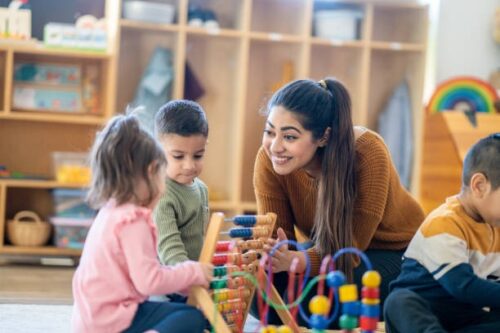
Imaginative Writing
Creative writing, sometimes called imaginative writing, is a type of writing in which the author expresses their ideas and emotions in a poetic, inventive, and frequently one-of-a-kind manner. There are many distinct examples of imaginative writing, but they are all characterized by the artist’s freedom to use their thoughts and creativity. It might be challenging for many kids with ASD to express themselves through writing, focusing on their imaginations. To get around this, you can perform a scene or situation before you write the concepts down. After that, the child has a “blueprint” to work with. This is a strategy that educators must use to focus on supporting autistic children in developing their self-expression, fine-tuning transferrable abilities, gaining awareness of their surroundings, and learning meaningful and entertaining life lessons.
Other Issues To Remember
Instructors need to be aware of additional concerns surrounding the pupil. It helps to know what agitators and motivators the student is susceptible to while creating lesson plans. If certain lectures are more inspiring than others, try alternating them by having an inspiring lesson after a less inspiring one. After finishing the non-motivating programs or lessons, you can use the motivating one as a reward. In addition, teachers need to be aware of the child’s current drug medication and food requirements since these factors might affect the kid’s well-being. Additionally, the child can exhibit complex or difficult and inappropriate behavior inside the classroom for no particular reason, which is something teachers must prepare themselves for. Thus, it’s critical to establish a behavioral plan, research, and methods.
Conclusion
Once more, it is critical to stress that every kid is different and that the tactics employed must consider their individual needs. By implementing these three successful educational tactics for children with autism, teachers can broaden their academic and professional essential skill sets and foster an environment that promotes inclusion for their pupils.
Frequently Asked Questions (FAQs)
How Does Autism Affect Activities Of Daily Living?
How To Encourage An Autistic Individual When They Are Struggling?
How to contribute towards the learning of an individual with an autistic spectrum condition?
How do you accommodate students with autism spectrum in the classroom?
How do you keep an autistic child-focused in the classroom?
How do you deal with disruptive behaviors by students with autism?
How can you encourage children with autism to participate in activities?
How do you teach self-advocacy to students with autism?
What are the difficulties with autism in the classroom?
Can people with ASD have different ways of learning moving or paying attention?
How can I improve my autistic child’s cognitive skills?
What is the best teaching method for teaching students with ASD?
What is one of the most effective classroom strategies for individuals with ASD?
How can I help my autistic student develop social skills?
How do autistic students learn best?

